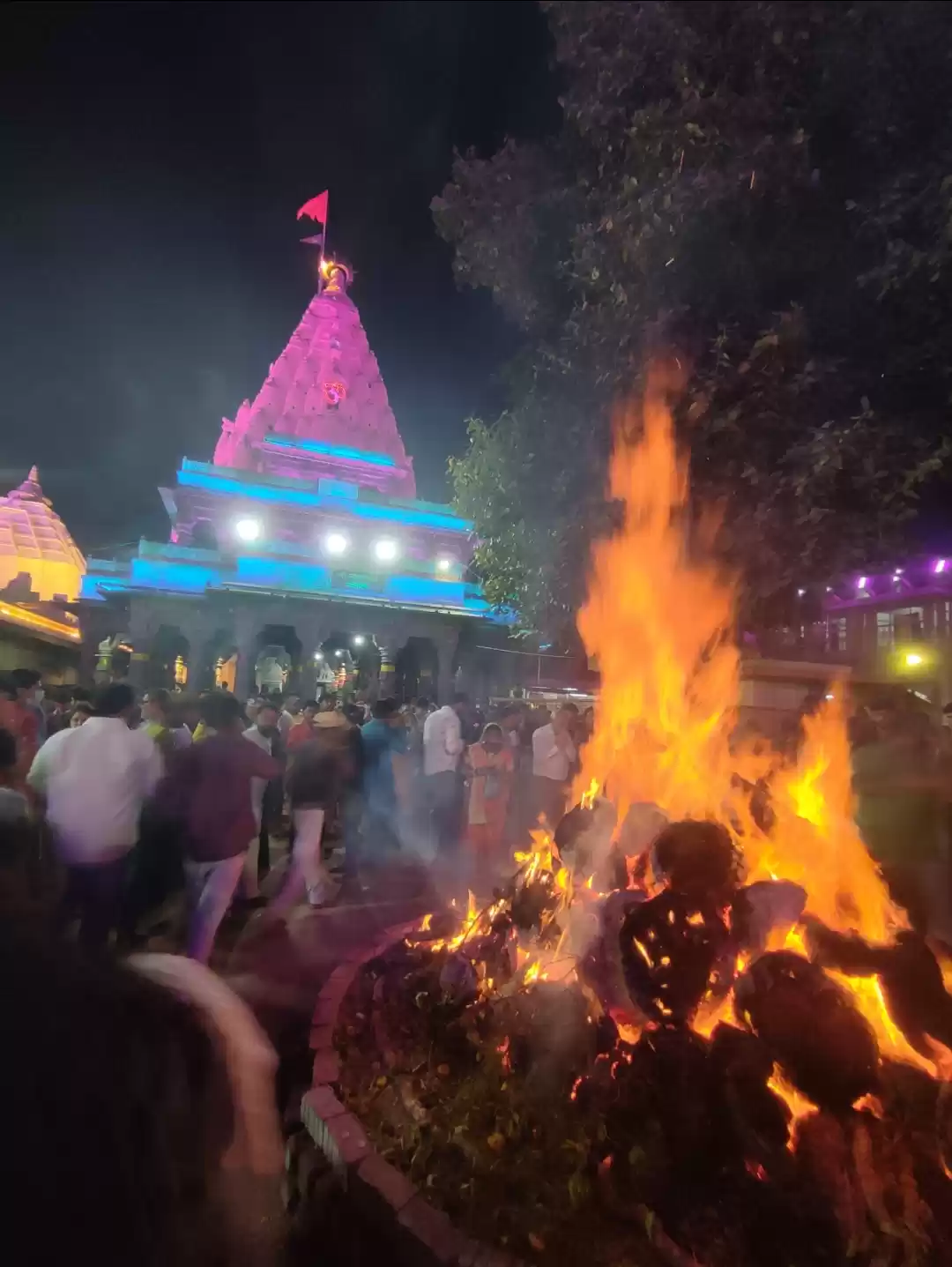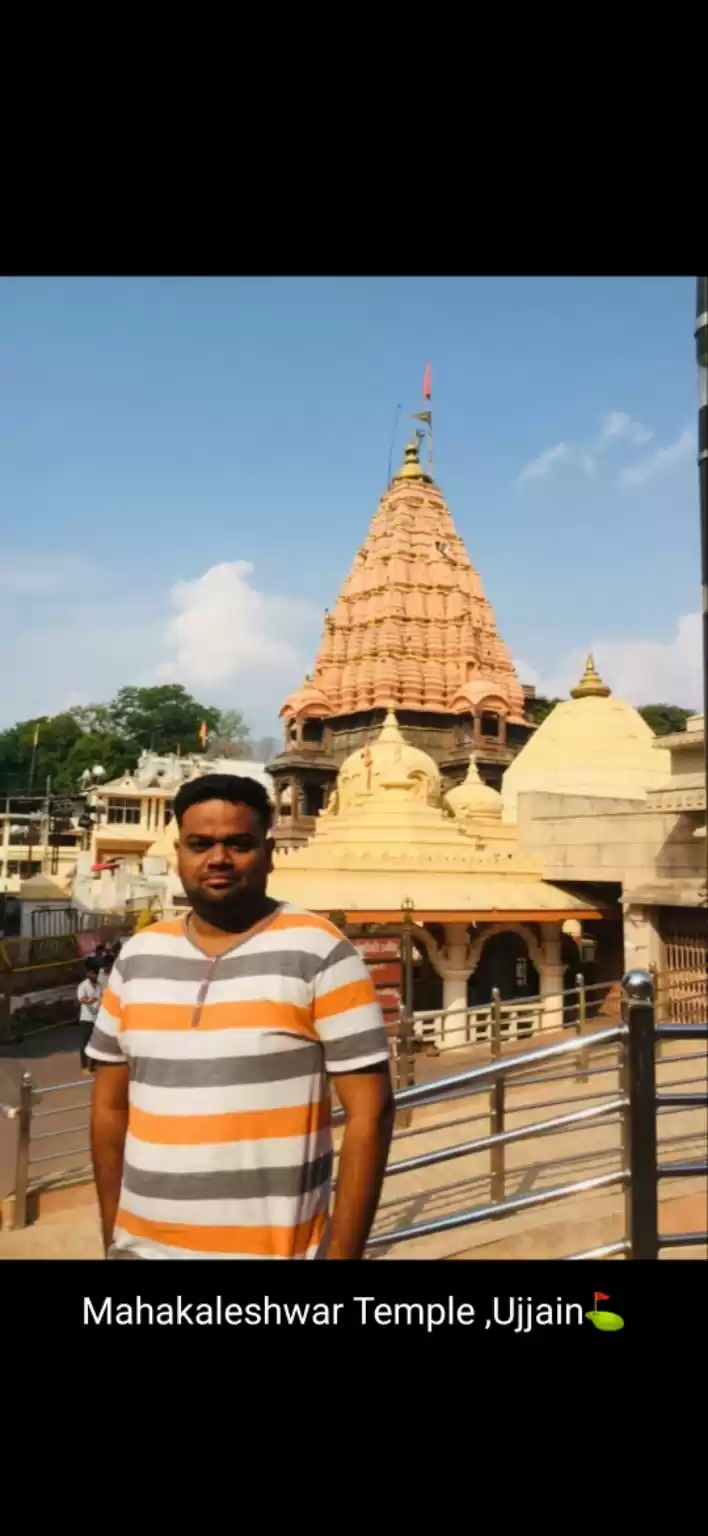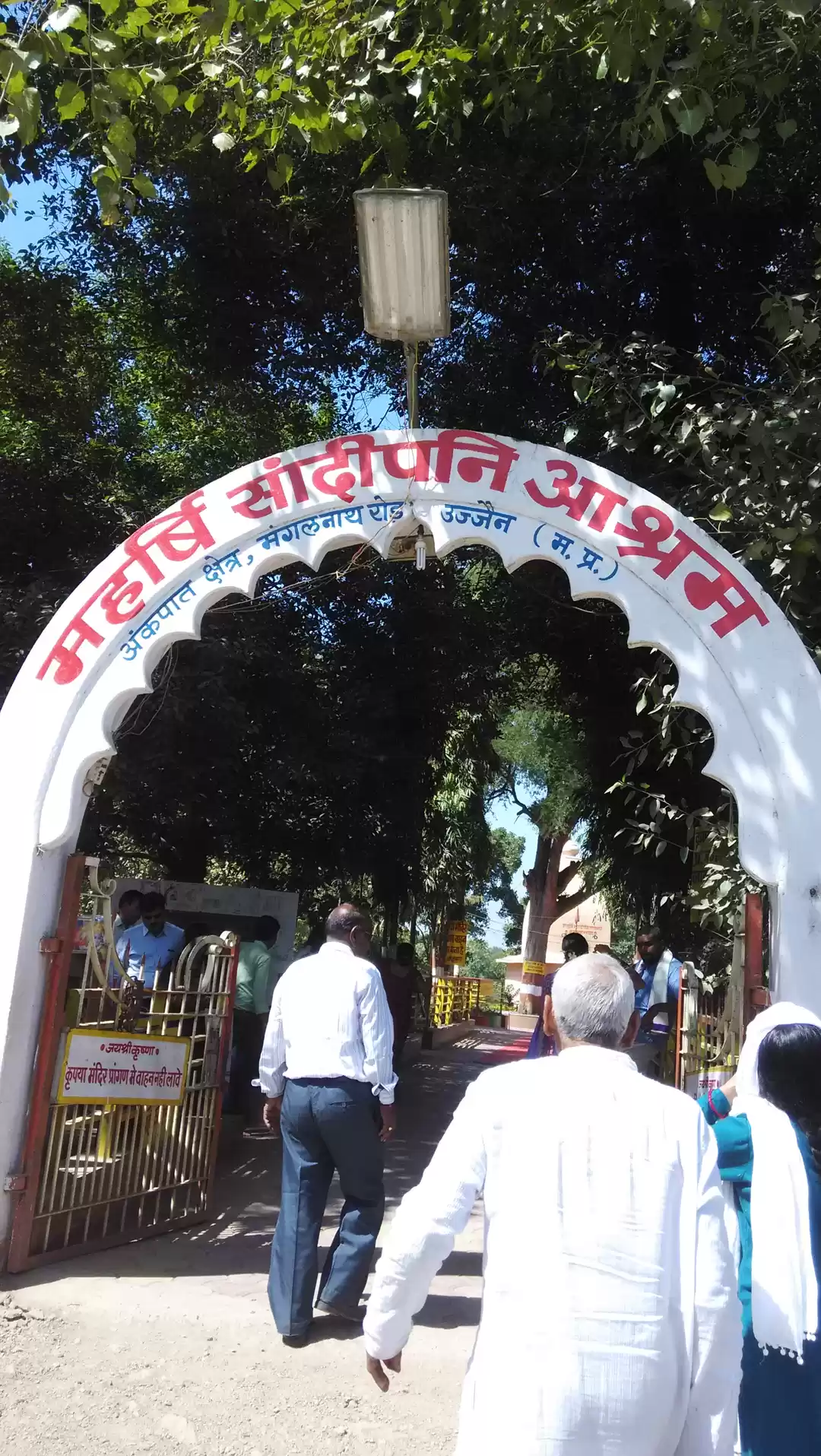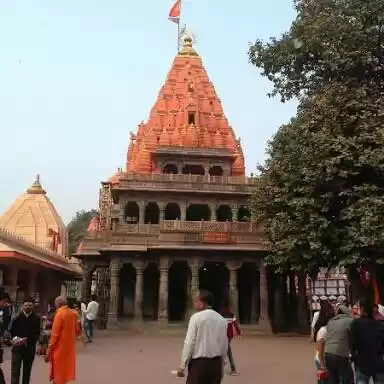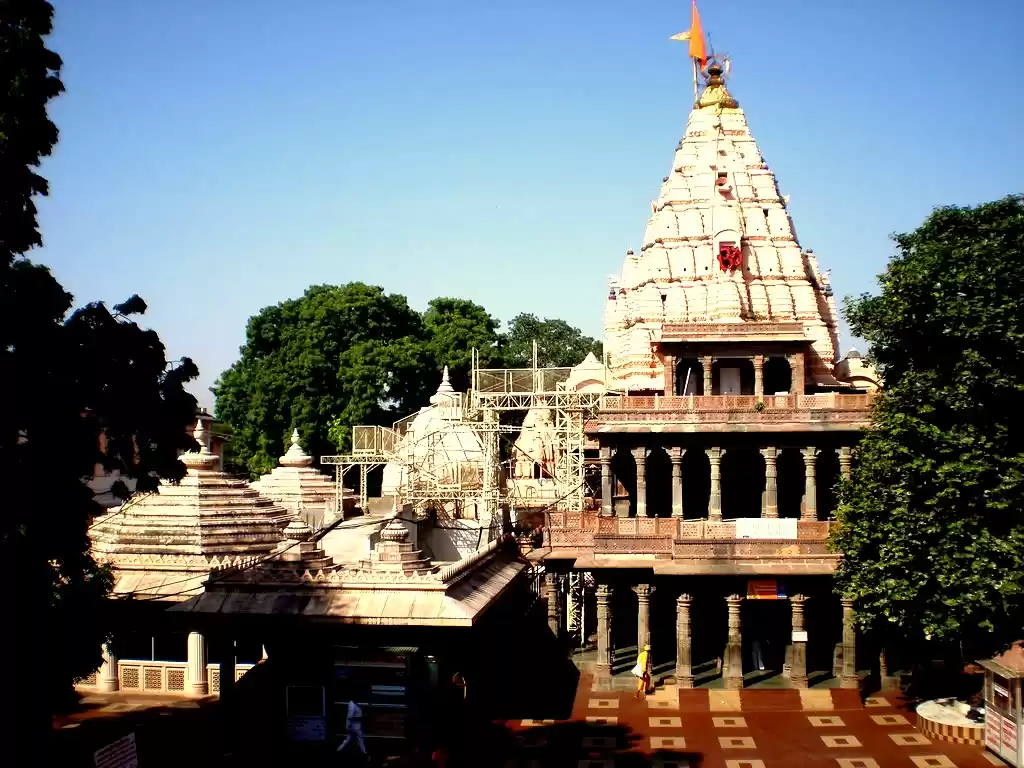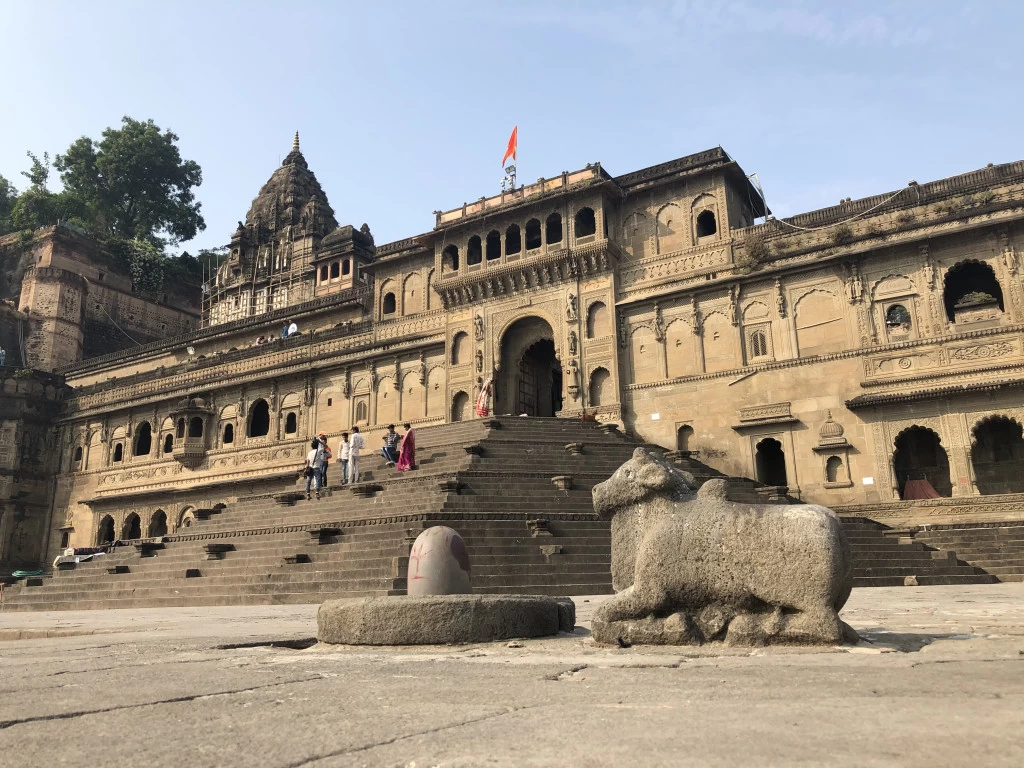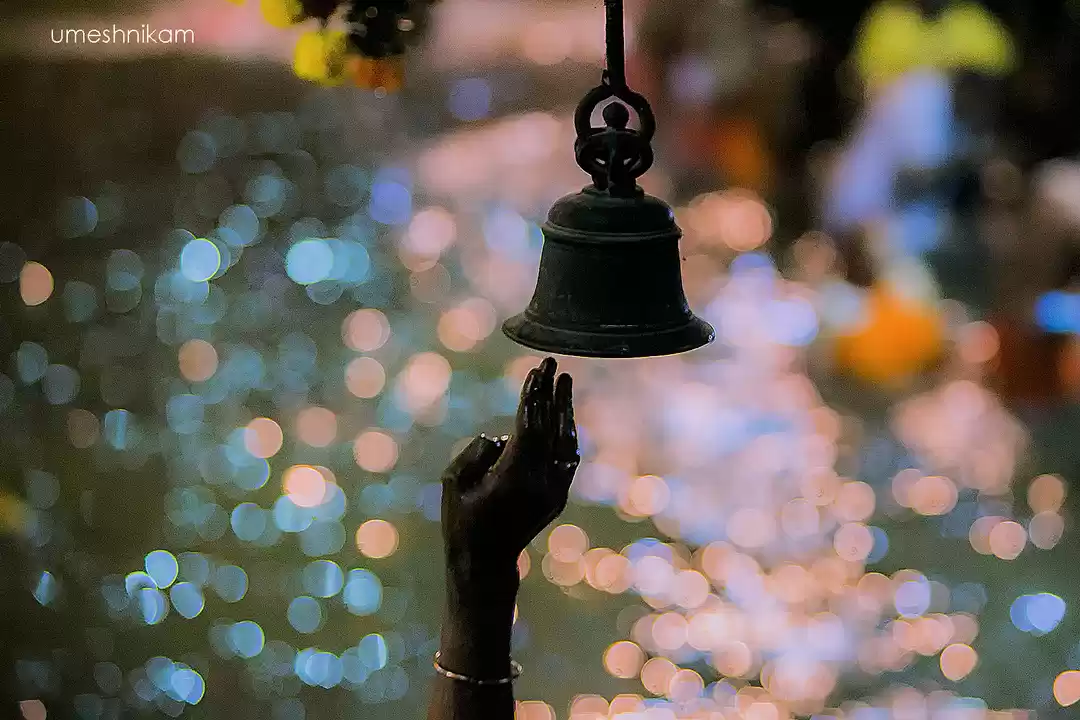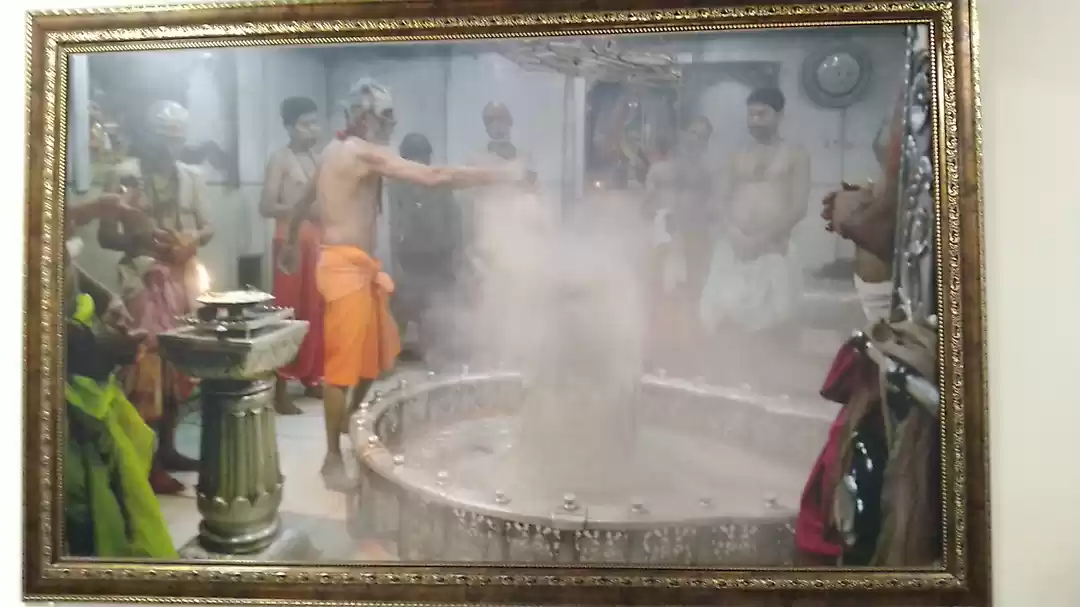

Ujjain: In the Search of Salvation; An article by Ankur Deo, writer at www.cobblestonechronicles.com
For a liberal sophist, Ujjain encompasses the aura of the raw religious effulgence that prevails in the core values of India - a convergence of lucid belief system and opulence brought by the sincerity of its devotees!

If there is one thing that most people globally know India for, it would be for the rich amalgamation of cultural, spiritual and doctrinal beliefs. Of the many places in India that host an assortment of temples, crowded day in and out by devout pilgrims, Ujjain, which plays host to Kumbh Mela every twelve years, is perhaps one of the most significant destinations in that ballot! Considered as one of the holiest cities for Hindus, the historic town of Ujjain, situated at a distance of just about 60 kilometre from Indore, is placed on banks of the holy Kshipra River in Madhya Pradesh.
Ujjain is home to one of the twelve Jyotirlingas known as 'Mahakaleshwar Temple', also popularly referred to as 'Mahakal'. This temple is the reason why Ujjain is thronged by followers throughout the year. However, when I stepped in this city for the first time, I realised that apart from the 108 or so archaic known temples in Ujjain, the crux of what makes it so unique is much different than what meets the eye in the first glance. Contemporary atheists may dismiss Ujjain and hundreds of similar places, thanks to the oomph that religion practiced here brings about. However, for a liberal sophist, this place encompasses the aura of the raw religious effulgence that prevails in the core values of ancient India - the convergence of a lucid belief system and the opulence brought about by the sincerity of its devotees.
Ram Ghat

In Ram Ghat, candles and lamps lit the riverbank in golden tapestry during evenings, the bells from nearby temples reverberate in an acute, yet alleviating tone, the place is certainly crowded, but somehow, never feels afflictive!
My visit to Ujjain began with a visit to Ram Ghat. This riverside berth is where the Kumbh Mela is held every twelve years. Besides, the ghat is dotted with countless new and archaic religious structures that make for interesting sites to explore, both for pilgrims and travellers alike. This is one such place where I experienced chaos and peace as one, saw contradiction and collation in collateral existence, noticed affluence and abjection prevailing in union. On one side of where I was sitting along the bank, while the Sun was setting over the horizon, I could see the devotees with gold chains in their necks taking holy baths in the sacred Kshipra; on the other side, I could see the homeless drying themselves on the benches besides after bathing in the very same river.

It was indeed difficult to find a quiet uncrowded Heritage spot alongside the Kshipra River
What is conspicuous here is the congregation - where the rich and poor are one in the face of religion, where abundance or lack of corporal opulence does not bias the sincerity of beliefs. One might not believe in religion, but sitting on the banks of the Kshipra, it certainly made me wonder: aren't these the very principles that form the foundation of any indiscriminate society, religious or otherwise? Ramghat is a place that one just cannot ignore - the evening aarti offered to the Kshipra river is a sight to experience, the candles and lamps lit the bank in golden tapestry and the bells from nearby temples reverberate in an acute, yet alleviating tone. The place is certainly crowded, but never feels afflictive, it may not be the most immaculate place one may have seen, but it never feels disheveled either!
Mahakaleshwar Temple

The Mahakaleshwar Temple is set on a height above the river. The temple soars over its crowded surroundings with a gigantic saffron-painted sanctuary tower. Upon entrance, I was taken aback by the marble courtyards, with water tanks and fountains, leading to the main shrine which has one of the twelve jyotrilingas in the country. Entry inside the temple comes against a ticket that costs variably depending on how much time do you wish to spend in line to see the shrine. The VIP lines are the most expensive ones, usually costing close to ₹400-1000 while the regular ones are usually free. The Mahakaleshwar temple is the place carrying utmost significance in Ujjain. The jyotirlinga here is ' Dakshinmurti Swayambhu', meaning 'self manifested', which derives power within itself unlike others where lingas are installed.

The Omkareshwar linga, on the first floor, is open for visitors round the year whereas the Nagchandreshwaralinga, situated on the third floor is open only on the day of Nagpanchmi. The temple has over hundred small shrines of various deities. The Koti Teertha, a large water body inside the temple complex, is believed to contain celestial water and pilgrims devotedly take a dip here chanting various verses of Lord Shiva. If you are an early riser, you could also participate in the Bhasma aarti (a famous early morning ritual) that takes place at 4:00 am, although a pass is required for this a day in advance. The temple has its own dharamshala and prasad is offered free of cost. A reason why this temple is crowded for most part of the day is because of its easy accessibility - being just 2 kilometre from the railway station and the main bus terminus of Ujjain.
Ujjain is a not simply a city, it is a sacred city of the Mokshadayini heritage of Indian culture - referring to the mother goddess or Divine Mother. In the Skanda Purana, the city is often referred to as 'Pratikalpa' - which means the 'beginning of Creation'.
Harisiddhi Temple
From the Mahakaleshwar temple, take the road to the Rudra Sagar tank and you will reach the Harsiddhi Temple, erected by the Marathas in the eighteenth century. The temple features Marathi lamp towers and the sanctuary has images of Mahalakshmi, Annapurna and Saraswati Goddesses. The Harisiddhi Temple was built in honour of Goddess Harisiddhi, and is one of the 51 Shaktipeetas across the country located near River Kshipra. Legend has it that when Lord Shiva was performing the tandava while carrying Sati's burning body, Vishnu released his chakra, which split her body to 51 parts. Devotees who flock to this temple believe that the Goddess' elbow fell in Ujjain, where this temple was constructed by legendary King Vikramaditya. This temple enshrines 3 Goddesses one on top of another, namely, Annapurna - the Goddess of nourishment, Mahasaraswati - the Goddess of wisdom and knowledge, and Mahalakshmi - the Goddess of wealth.

From here, I continued to Chattri Chowk and Gopal Mandir, erected by Scindia queens in the early 19th century with Moghul domes, moorish arches and a Hindu sanctuary tower. The sanctum has silver doors that are said to have been rescued from looters in Lahore by the Scindia rulers leading to the shrine room with marble, silver and mother-of-pearl decorations. The principal deity Gopal or Ganesh is shown together with his parents, Shiva and Parvati.

The real portrait of Ujjain is painted by the diversity of people - the rich, the poor, and the congregation of pilgrims chanting the verses of Mahabharata along every road, temple, and junction.
There are a multitude of other places to see in and around Ujjain, and covering them all in just a couple days was quite impossible for me. One can visit the Kalbhairava temple, the Chintamani Ganesh temple among many others. I still remember the Ram Ghat glowing in the golden light of candles and lamps every evening, the chants of 'Om Namah Shivay' reverberating in the chambers of the Mahakaleshwar Temple, the aarti on the banks of Kshipra River, but the real portrait of Ujjain is painted by the diversity of people, the rich, the poor, and the congregation of pilgrims chanting the verses of Mahabharata along every road, temple, and junction. In my opinion, the experience of travelling to Ujjain is what the thousands of devotees and people in Ujjain make it!

Streets of Ujjain are as colourful as the ostentatiously decorated temples.

This is a place where tantrics believe God resides, a place where the rich and the poor worship together in search of salvation!
Part of the religious significance of Ujjain is that it is one of most sacred of the 'Seven Cities' - Sapta Moksha Puris - seven holy cities of liberation. This is perhaps the most popular place of pilgrimage in India, where many believe they can be liberated from their worldly journey. Ujjain is a not simply a city, it is a sacred city of the Mokshadayini heritage of Indian culture - referring to the mother goddess or Divine Mother. In the Skanda Purana, the city is often referred to as ' Pratikalpa ' - which means the 'beginning of Creation' - indicating its ancient origin.
It has been said that Ujjain is situated on a location on the planet where all sins are doomed; a sacred place where it is possible to attain the blessings of the divine mother, Harsiddhi and Matrika;a place where God lives, a place with the rich and the poor worship together in search of salvation!
Ujjain: In the Search of Salvation; An article by Ankur Deo, writer at www.cobblestonechronicles.com


